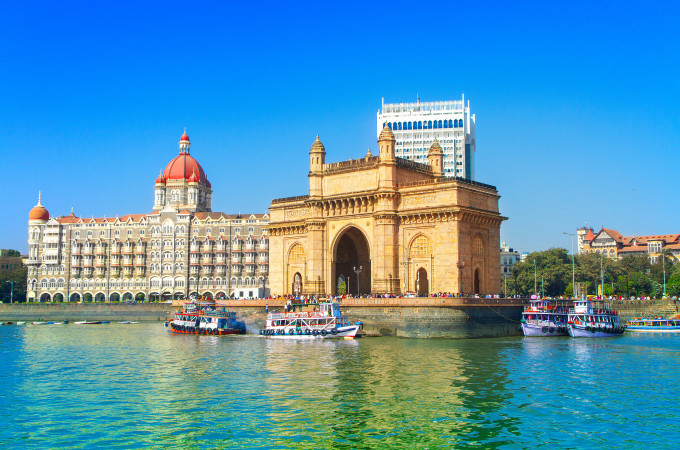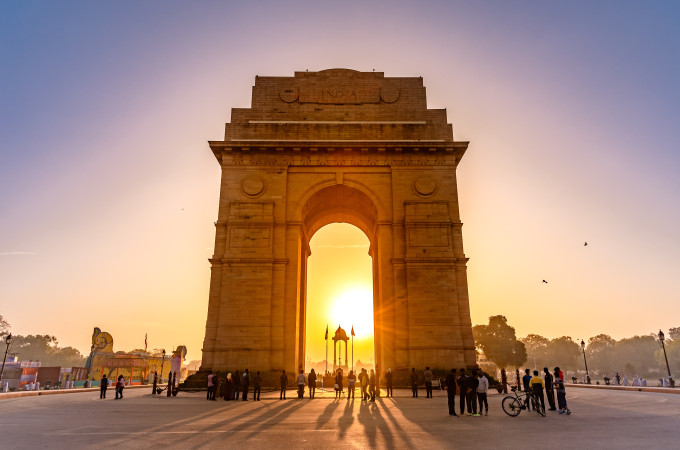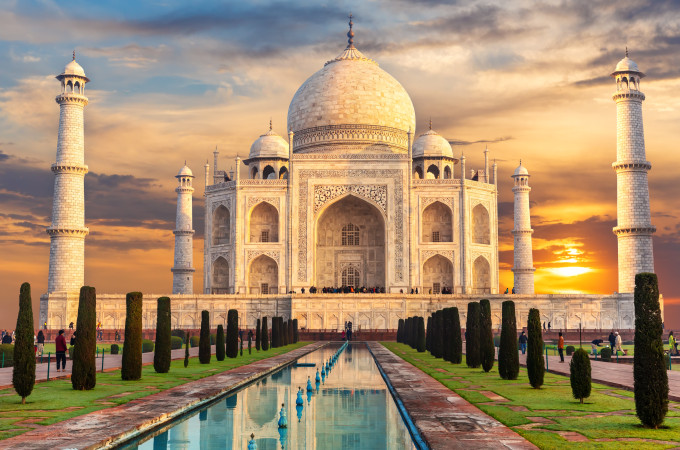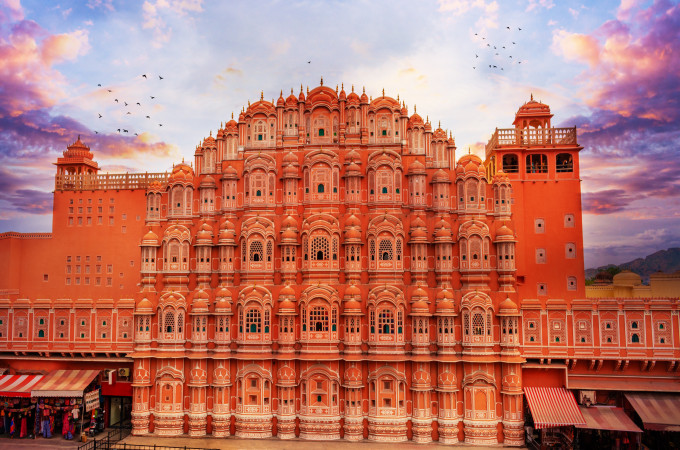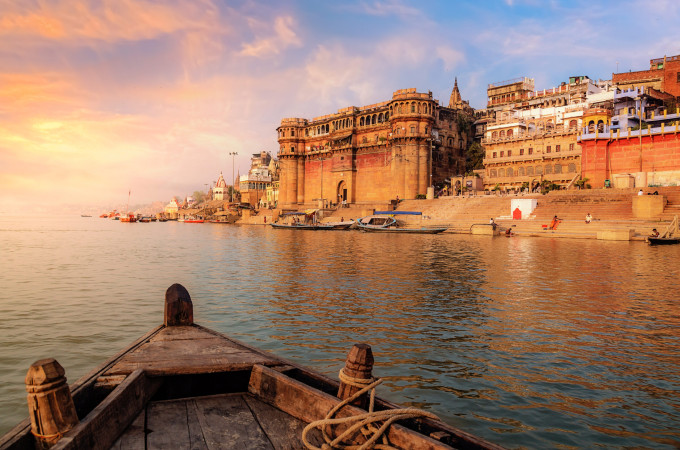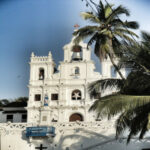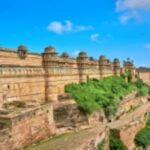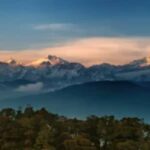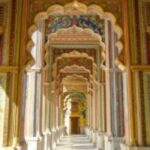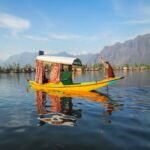Serene blackwaters, sun-soaked golden sand beaches, biodiverse nature parks and wildlife sanctuaries, the world’s oldest healing tradition Ayurveda, glorious ancient temples, and exhilarating cultural festivity.
All of these things draw millions to the South of India which comprises the states of “God’s Own Country” Kerala, Tamil Nadu, Karnataka, Andhra Pradesh, Telangana and Goa. That and the world’s kindest most welcoming people.
The best time to visit?
The winter—October to March!
With temperatures ranging between a night time low of 32 °F (20 °C) and a daytime high of (86 °F) 30 °C, this is the best time of the year to visit South India.
Bear in mind, however, that the word “winter” is probably a bit of a misnomer, and the right word would be “the Dry Season.” Winter in South India is a nominal affair, and you barely need to layer yourself up. You could compare a day in December or January in Kerala to a pleasant summer day in Europe.
Attractions, Geography, and Terrain: What to Do & Expect in Each State
Mention of the word south India conjures up images of enchanting backwaters and palm-lined beaches.
While that is true, there is so much more to South India in terms of its geography and landscape. The coastal parts of Kerala, Karnataka, and Tamil Nadu are tropical beach paradises but as you go further up north, you venture into the scenic mountains of the Western Ghats, Eastern Ghats, Vindhya, and Satpura.
These mountain ranges are known for their pleasant weather, lovely waterfalls, biodiverse flora and fauna, lush sceneries, spice plantations, and rolling tea gardens.
Here’s a brief run-down of each state and what you can do there.
Kerala: Nature, Backwaters and Beaches
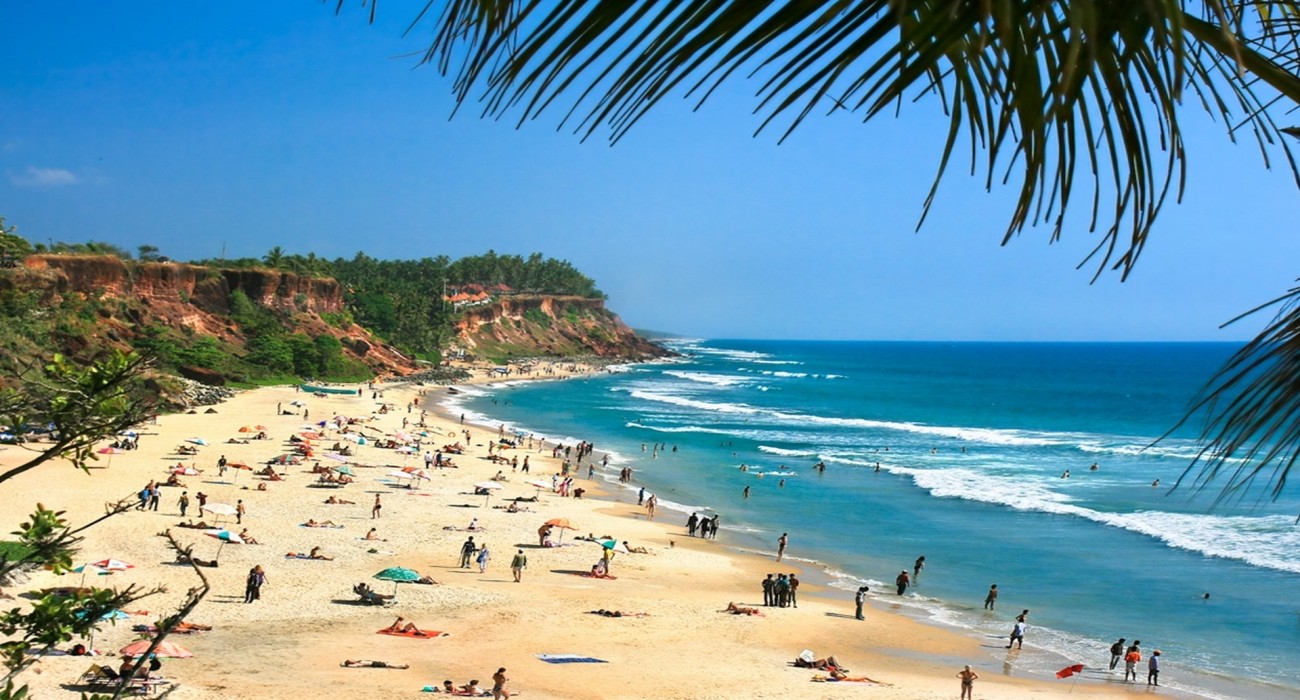
God’s Own Country Kerala is arguably the most popular state in the region and a huge favorite among international travelers. It has it all beaches, backwaters, Tea/Spice plantations, national parks, hill stations, delicious cuisine, and Ayurveda resorts.
Activities recommended: Houseboat cruise in Alleppey and Kumarakom, Ayurveda resorts in the Western Ghats, Coffee/tea plantation tours in Munnar and Wayanad, and beaches of Kovalam, Marari and Varkala.
Karnataka: Heritage, Hill Stations and Hampi
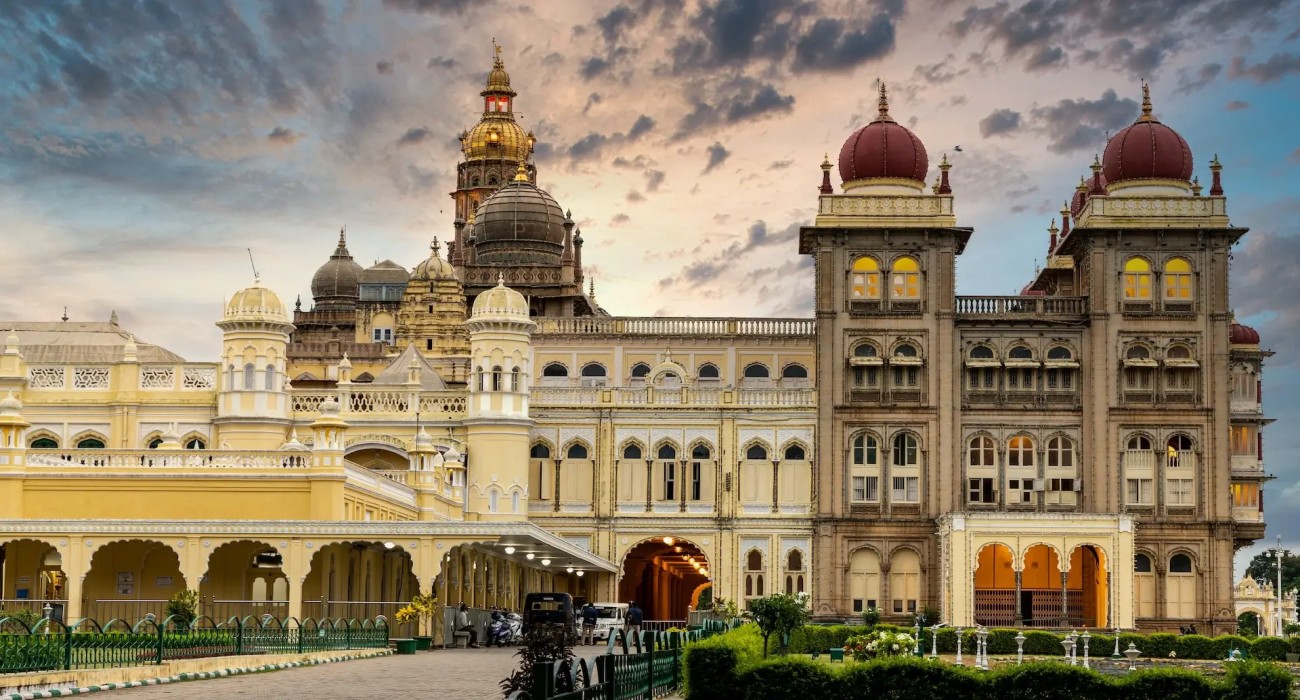
Another coastal state, Karnataka is famous for its off-beat pristine beaches, Ayurveda centers, Hill stations, and the UNESCO World Heritage Site Hampi—one of India’s greatest ancient wonders.
Activities recommended: City tour of Bengaluru (a dazzling tech-savvy metropolitan that’s the face of modern India), heritage tour of Hampi, hill station stay in Chikmagalur and Coorg, Mysore Palace and beaches of Gokarna.
Tamil Nadu: Great Living Chola Temples
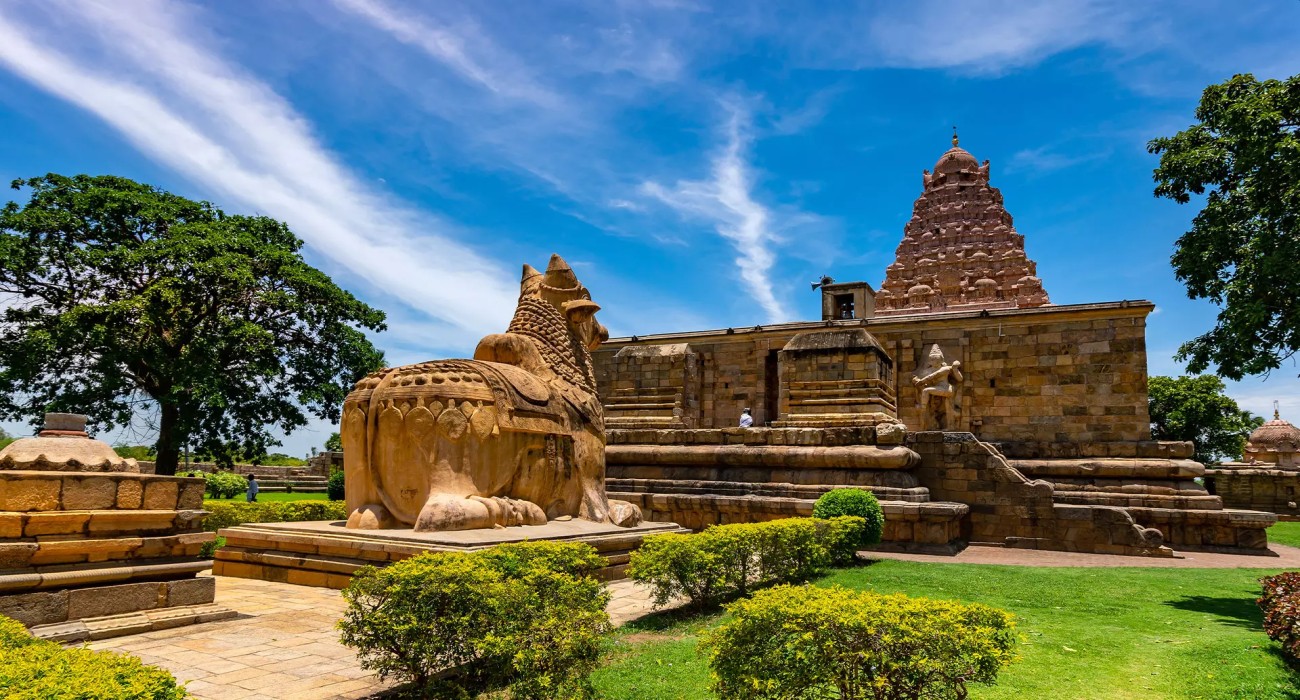
The Heritage Capital of South India, Tamil Nadu is known for its magical ancient temples and Dravidian architecture. It is the home of the UNESCO World Heritage Site, the Great Living Temples of Chola.
Activities Recommended: City Tour of Chennai (a hub of IT), a heritage tour of Great Living Chola Temples at Thanjavur, Cholapuram, and Darasuram. A Heritage Tour to explore the architecture at Chettinad, a stay in Puducherry (former French Capital of India), and a visit to the Ramanathaswamy Temple in Rameshwaram.
Goa: Parties and Nightlife
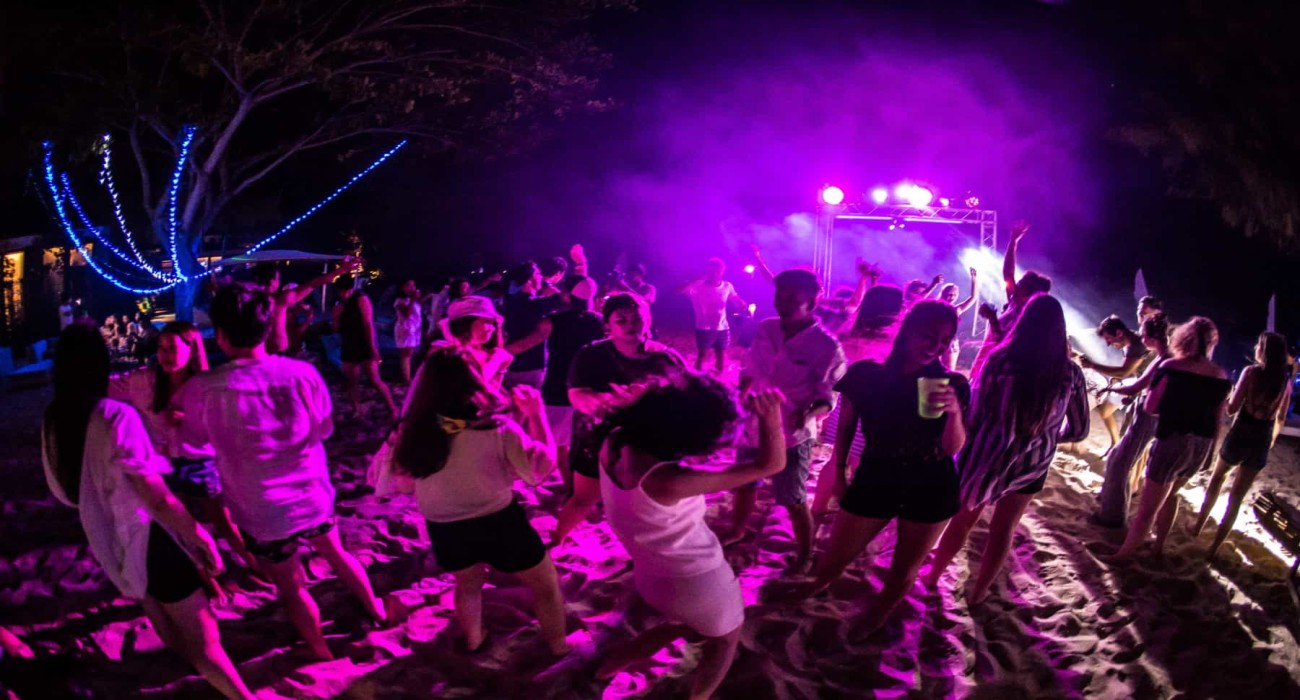
The Beach & Party Capital of India, Goa is one of India’s hippest global destinations that draws in tourists to its lit nightlife, rave parties, and music scene.
Activities Recommended: Beach life. Rave Parties. Discover the nightlife. Explore the Basilica of Bom Jesus and Se Cathedral, visit the Dudhsagar Falls, Portuguese Fort tours to the Reis Magos Fort and Aguada Fort.
Andhra Pradesh: Ancient Caves
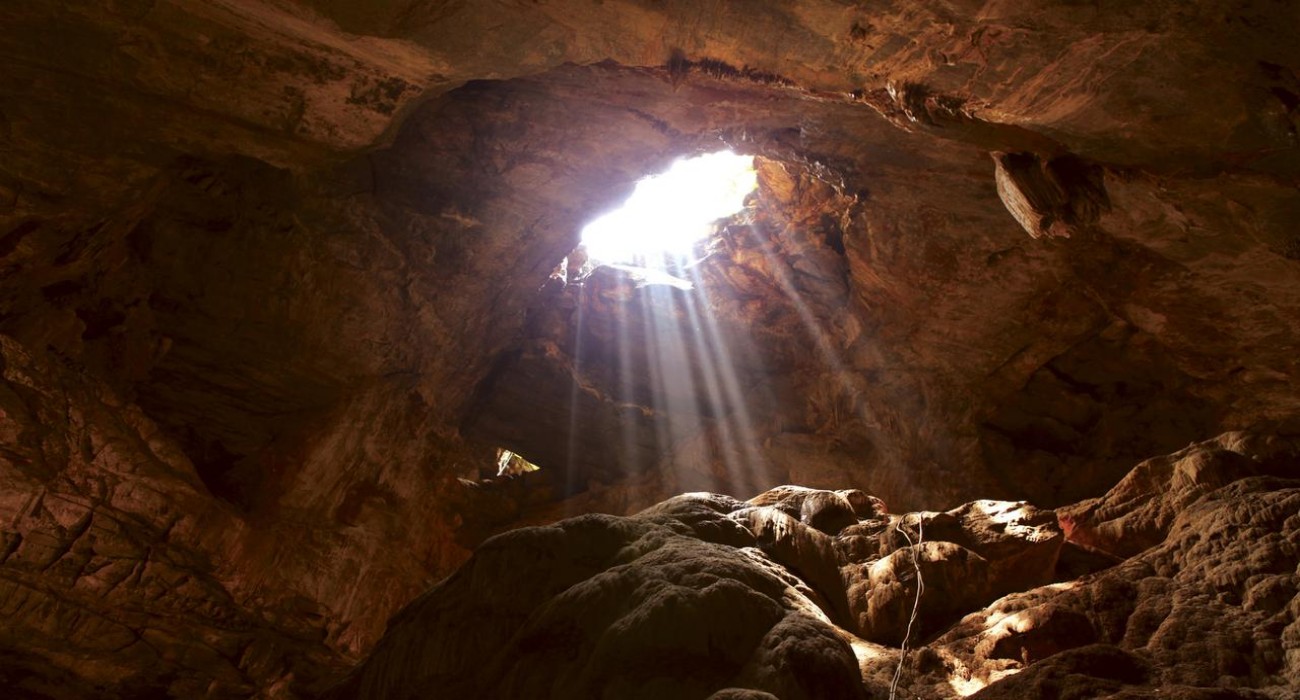
Probably the least visited of all the states, Andhra Pradesh offers ancient allure with its Borra Caves and bio-diverse Arakku Valley.
Telangana: Nawabi Charm and Palaces
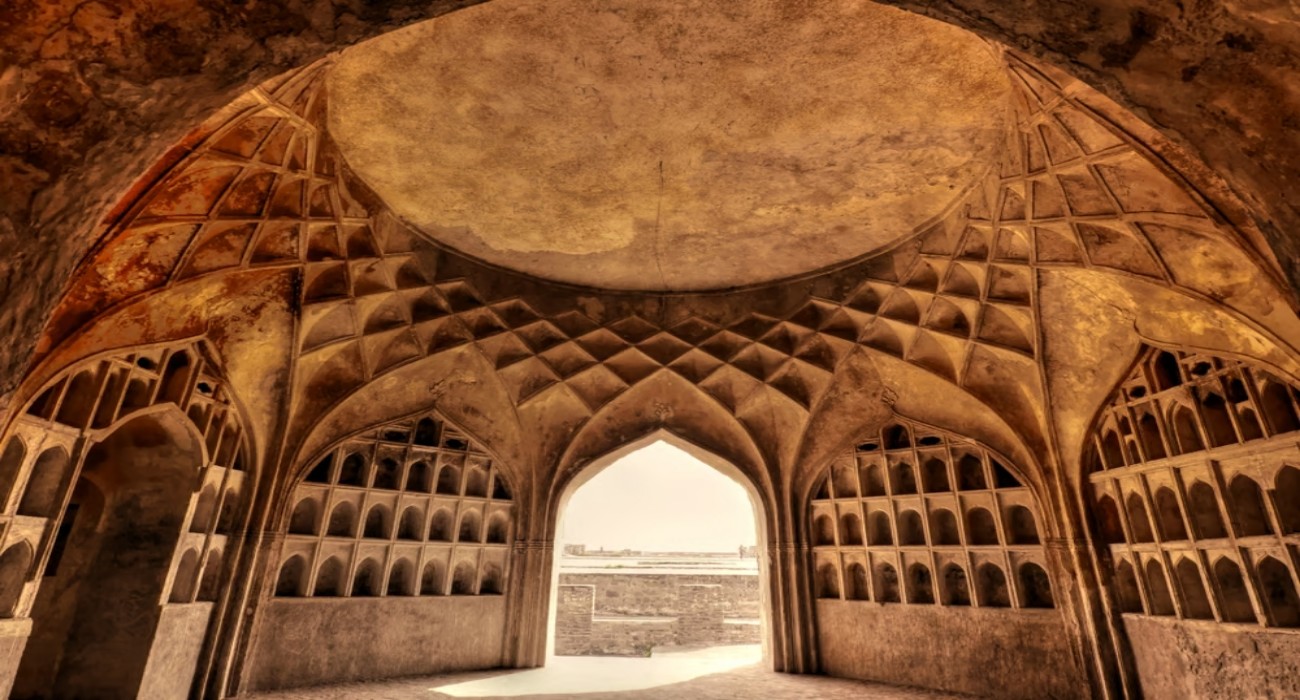
Nestled in the Deccan Plateau, the state of Telangana is famous for its Nawabi Royal high culture, sophistication, high cuisine, palaces, and history.
Activities Recommended: Heritage Tour of Hyderabad (capital of the erstwhile Nizam Kingdom of Hyderabad), Golconda Fort, Birla Mandi, Ramoji Film City, and Salar Jung Museum.
Now that we know what to expect in the region, let’s look at the weather patterns in each of the three seasons: Dry/Winter, Summer, and Monsoon.
South India During the Dry Season (October to March)
The Dry Season (winter) is without a shred of doubt the best time to visit South India. The region is a delight to be in with a dream-like vibe, and balmy sunshine that’s pleasing on the skin, and cooler temperatures that fluctuate between 32 °F (20 °C) and (86 °F) 30 °C.
That explains why it is the High (Peak) season for tourism in this part of India.
South India During the Monsoon (June to September)
Due to its proximity to both the Indian Ocean and the Arabian Sea, South India is in the proverbial eye of the storm for the monsoon with almost 900 mm (35 inches) of rain pelting down during the season—the most for any part of India.
While it is not a popular time to visit the region, the wet season has its charms and it is a good time to catch a great deal on an Ayurveda-inspired retreat at a high-end resort.
South India During the Summer (March-May)
The Southern Indian summer (March-May) is not for those who can’t stand the heat. And, the humidity. It is the hottest time of the year in the region, and the temperatures can soar up to almost 40 °C.
FREQUENTLY ASKED QUESTIONS ABOUT WEATHER IN SOUTH INDIA
-
I’m planning a beach holiday in South India. What’s a good time to travel?
October to March is the best time of the year to enjoy a beachy holiday in south India. With very little precipitation, a sky that’s always bright blue, cool breezes, and ideal temperatures, you couldn’t have asked for a better combination of elements to enjoy a holiday on a beach.
Many high-end luxury resorts and hotels offer programs and deals oriented around Ayurveda and other contemporary spa therapies during this time of the year.
-
Is it a bad idea to travel to South India in the monsoon?
The Monsoon season in South India begins in June and ends in September, and it rains almost every day. It is traditionally the shoulder season for tourism in the region with tourists staying away due to the rains.
However, it is a good time to rejuvenate your body and soul using the age-old wisdom and techniques of the ancient Ayurveda healing tradition which combines a variety of approaches—massages, therapies, organic plant-based diets, herbal medicine, meditation, and yoga. With the humidity and heat, the pores of your body tend to open up and fully absorb the oils, ointments, and treatments used by Ayurveda experts and gurus.
Destination resorts and Ayurveda Centers offer discounted deals and packages.
-
I’m traveling to South India. How should I plan a well-rounded trip to South India?
From beaches, backwaters, and hill stations to glorious ancient temples, religious festivals, and cultural carnivals, there’s a whole plethora of options when it comes to South India.
Here’s what Luxury India Tours recommends for a well-rounded holiday.
- A private houseboat tour of the Kerala Backwater in Alleppey, Kumarakom, and Kollam.
- An Ayurveda and yoga-inspired retreat in a luxury beach or backwater resort in God’s Own Country Kerala or Karnataka.
- Heritage tour of the Great Living Chola Temples of Tamil Nadu: UNESCO World Heritage Sites dating back to the 11th and 12th centuries AD, these temples Thanjavur, Cholapuram and Darasuram are masterpieces of sculpting, architecture, painting and bronze casting artistry.
- A Coffee/Spice Plantation Tour in the Western Ghats (Munnar, Wayanad, Ooty)
- A Heritage Trail of the Hampi in Karnataka: UNESCO World Heritage Site that was once the great seat of the 13th century Vijayanagar Empire that ruled the region.
- Explore the Cultural Landscape of Tamil Nadu: Explore the temples of Brihadeeshwara and Airavateshwarar, the ruins of Rameshwaran, and the temple town of Mamallapuram (Pallava Dynasty).
- Beaches of Goa, and a Heritage Tour of “Valha Goa” the old City Center of Goa known for its Portuguese churches, forts, buildings, and heritage.
- A heritage tour of Andhra Pradesh’s ancient Borra Caves and Araku Valley. The Borra Caves are the largest in India where many ancient temples dedicated to Lord Shiva are located. The Araku Valley is known for its rich biodiversity and coffee plantations.
-
What are the must-visit destinations in South India in winter?
Winter is a delightful time of the year to explore South India with bright blue skies, dry season, and pleasant temperatures. While the number of possibilities is limitless, we’ve narrowed it down for you with the following recommendations.
- The Keralan Backwaters: Luxury India recommends Alleppey and Kumarakom.
- Goa: For its beaches, parties, nightlife, and Portuguese heritage.
- Tamil Nadu for the Great Living Chola Temples of Thanjavur, Cholapuram and Darasuram.
- Hampi, Karnataka: UNESCO World Heritage Site, considered the greatest artistic center of ancient India with stone temples exhibiting graphic sexual imagery. A must-visit destination for art lovers.
- A Coffee/Spice/Tea Plantation Tour. A new trend that’s catching on. We recommend Wayanad and Munnar in Kerala, Ooty, Kodaikanal, and Coonoor in Tamil Nadu, and Coorg and Chikmagalur in Karnataka.
- Wildlife Safaris in Bandipur National Park (Karnataka) and Periyar and Kabini National Parks (Kerala).
-
How should I prepare myself for a monsoon tour to South India?
The monsoon can be a challenging time to be in South India as the rain pours down every day. But if you can brave the weather, there’s tremendous reward as well. The hill stations of the region are pleasant places to visit the tea gardens are an absolute delight.
Here’s what you should wear: light quick-drying rain-resistant fabrics, closed water-resistant shoes, a rain cap/hat, waterproof outerwear, quick-dry accessories, and an umbrella.
-
I’m planning a trip to South India in Summer. Is it a bad idea and what can I do?
Summer (April-June) is a very challenging time to be in South India. The heat can be intense and humidity energy sapping. However, the hill stations of the region offer a pleasant escape from the intensity of weather in the coastal regions.
 Skip to main content
Skip to footer
Skip to main content
Skip to footer
